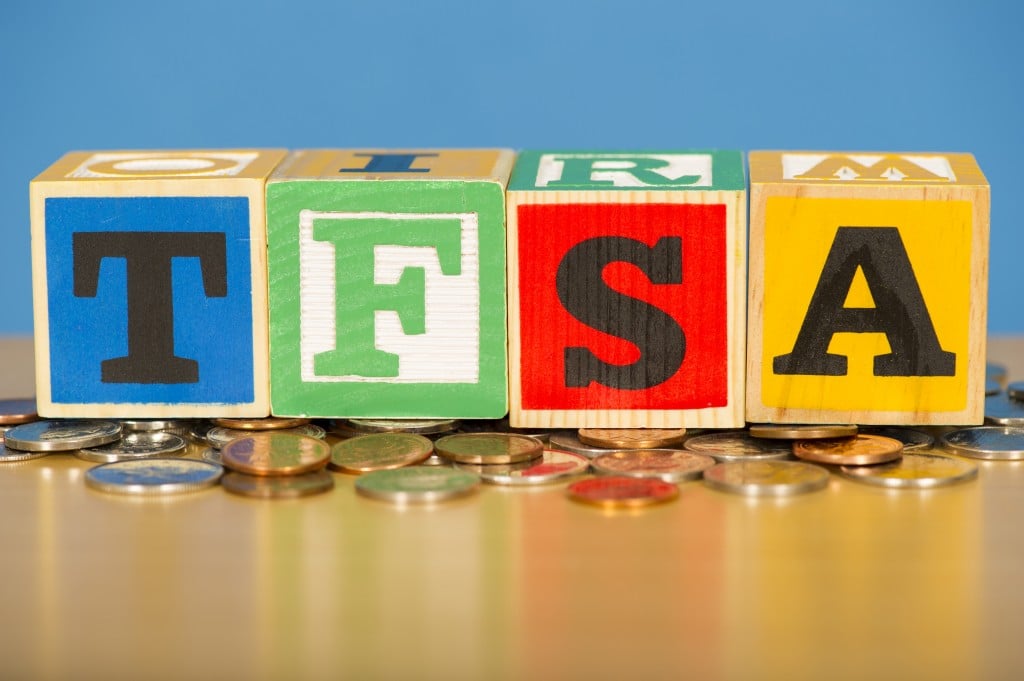8 key things about TFSAs and how Canadians use them
A BMO study shows TFSA usage is climbing but we're sorely lacking when it comes to understanding limits and tax penalties
Advertisement
A BMO study shows TFSA usage is climbing but we're sorely lacking when it comes to understanding limits and tax penalties

Share this article Share on Facebook Share on Twitter Share on Linkedin Share on Reddit Share on Email